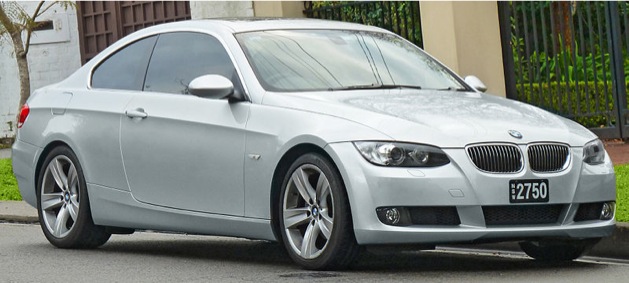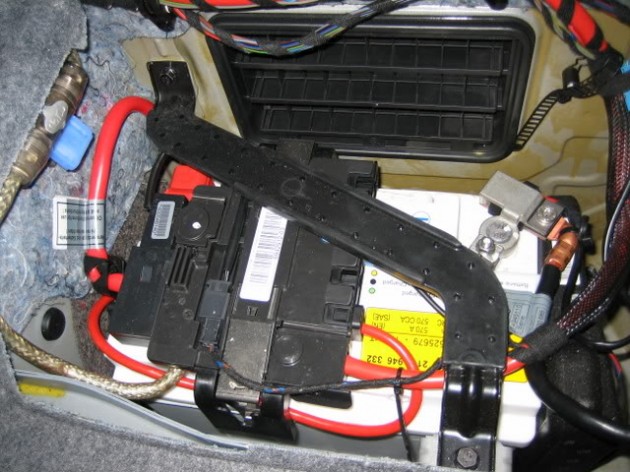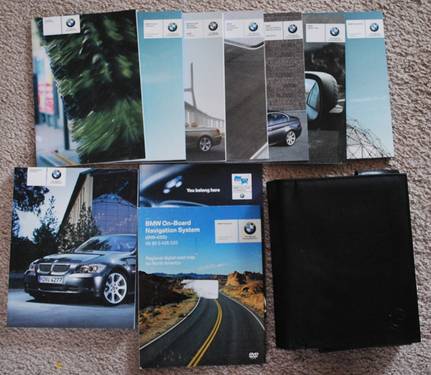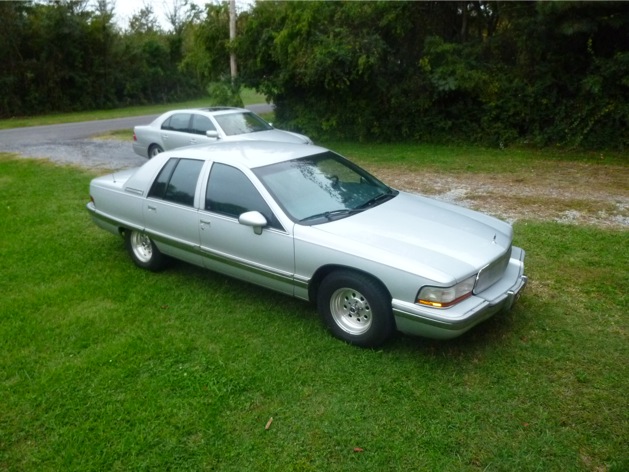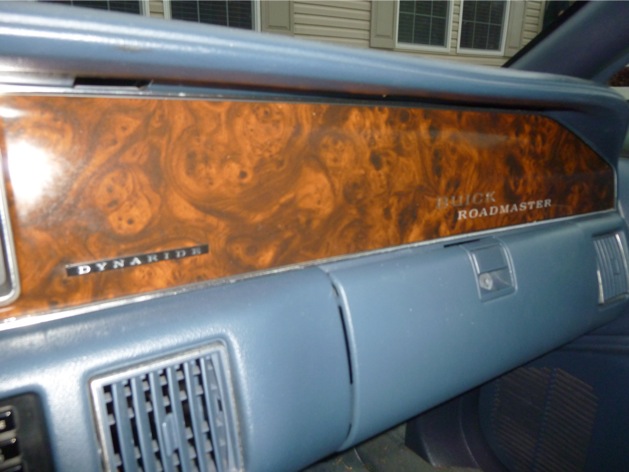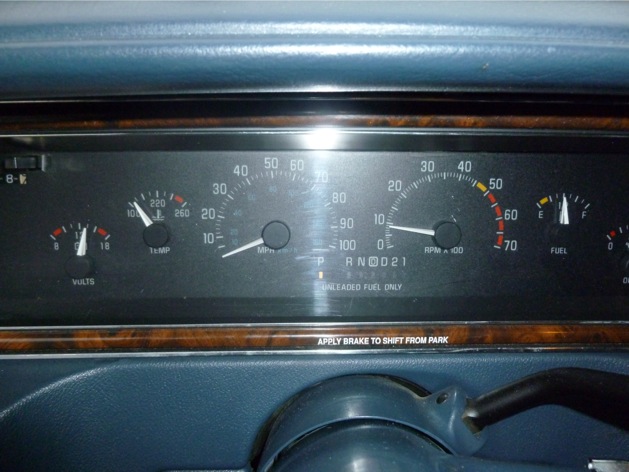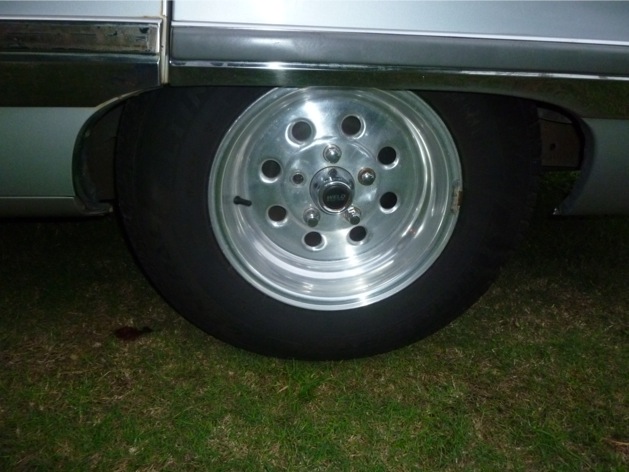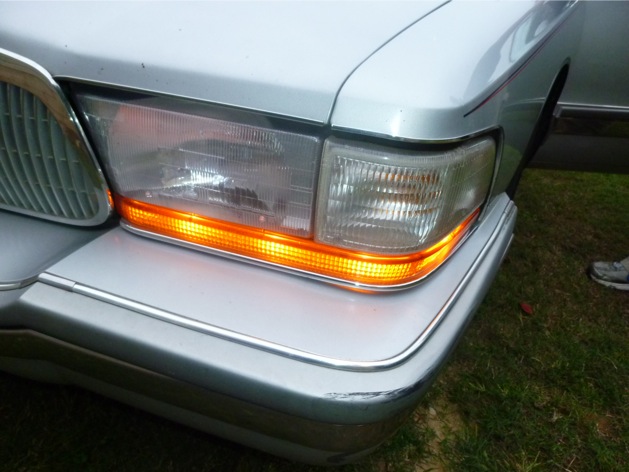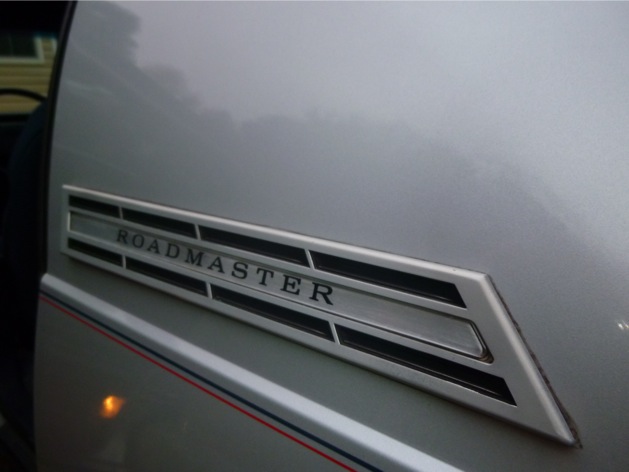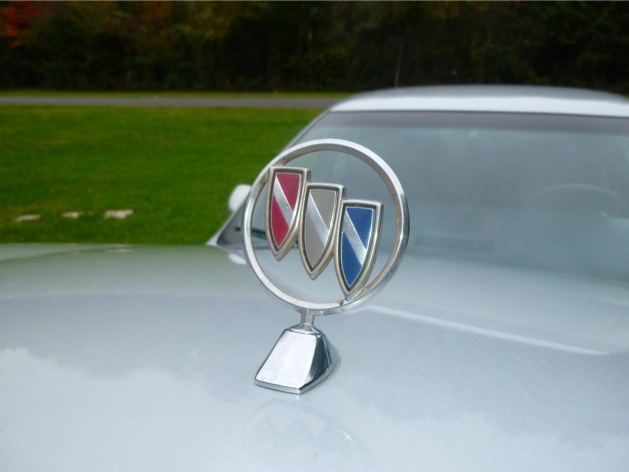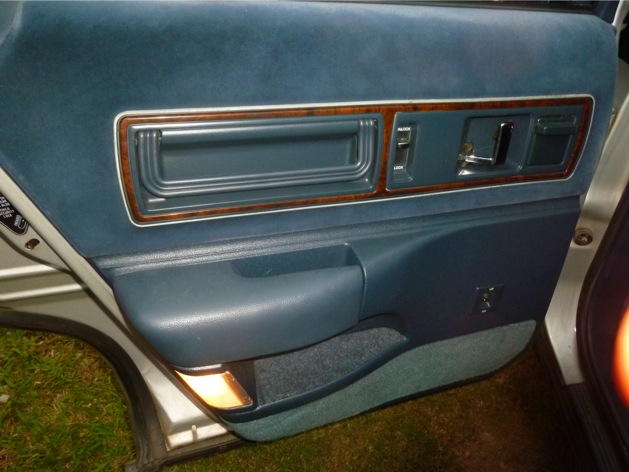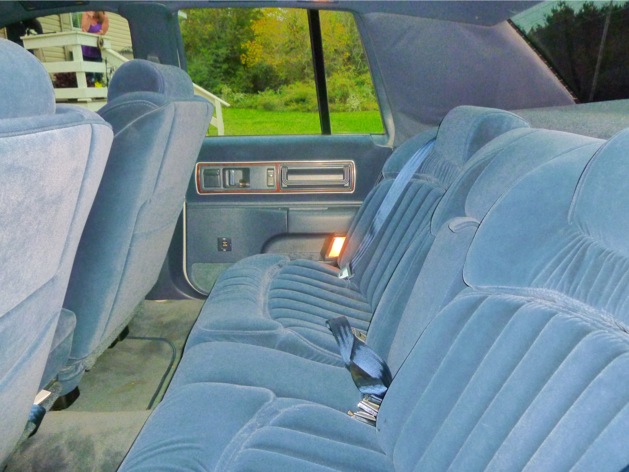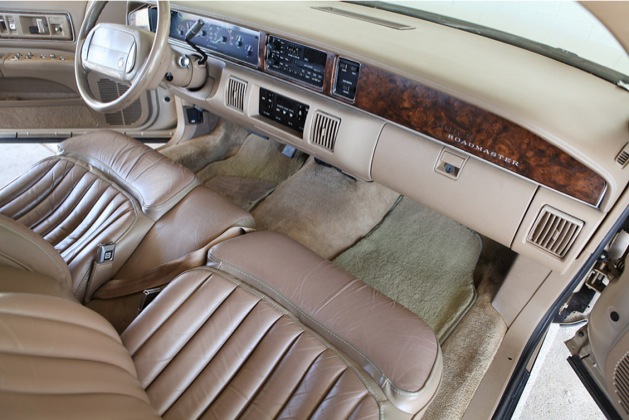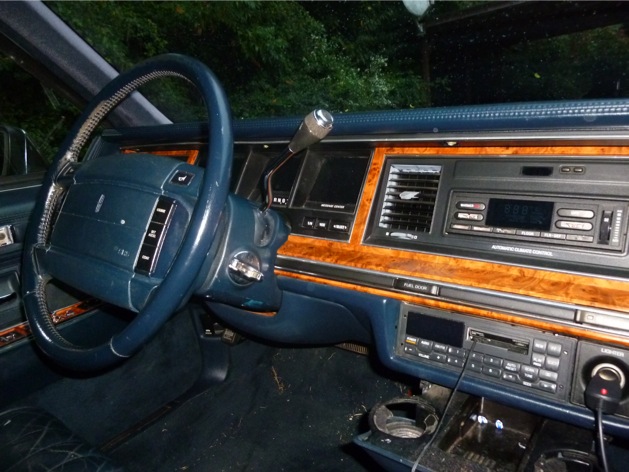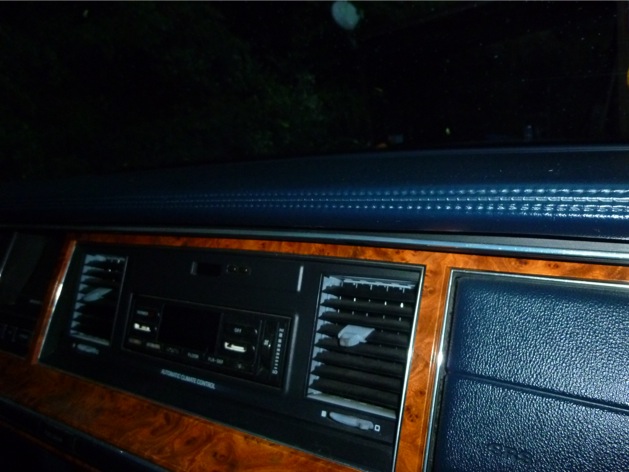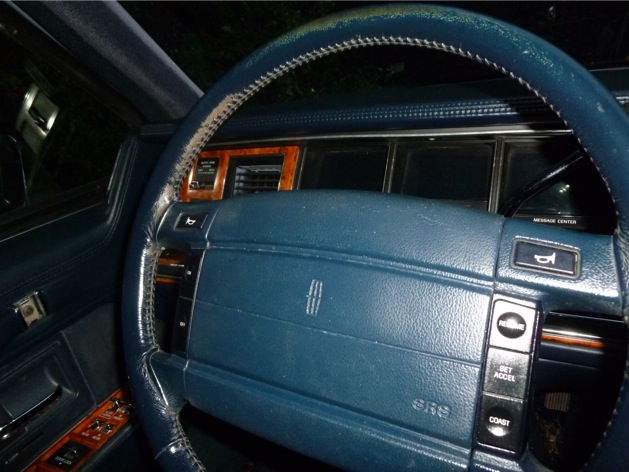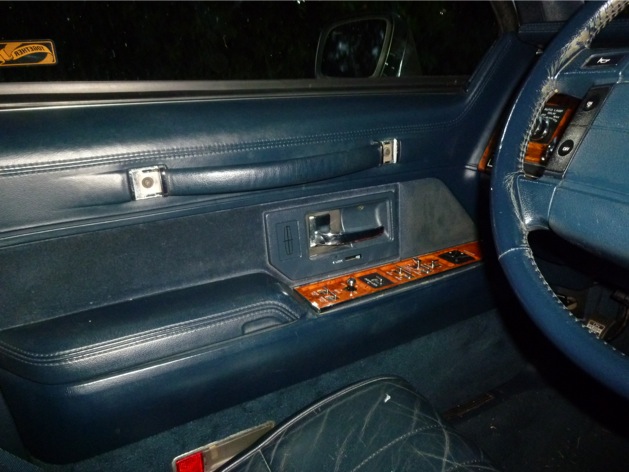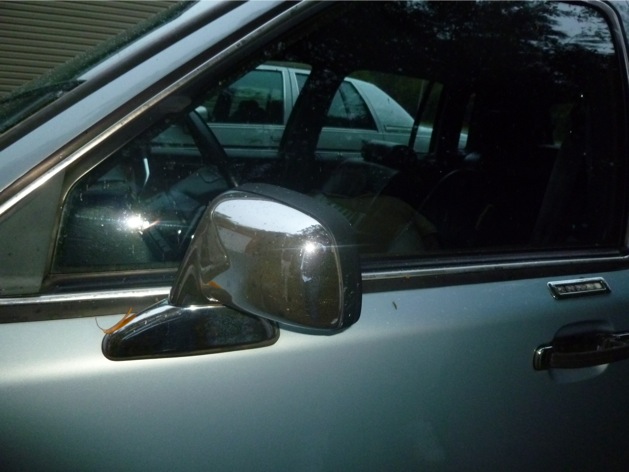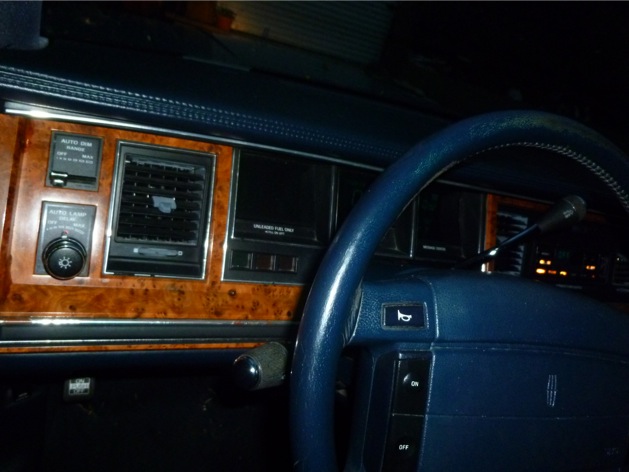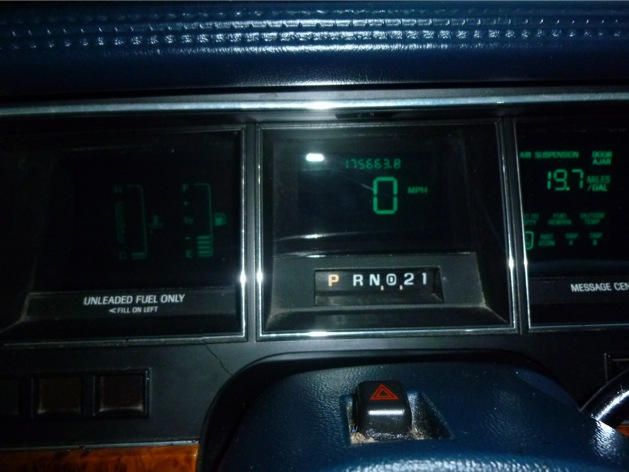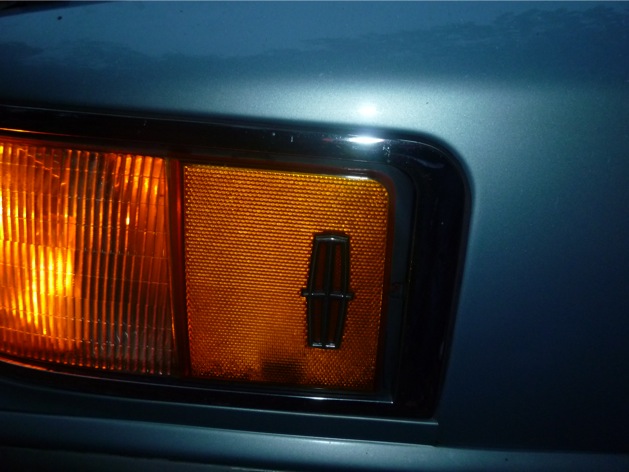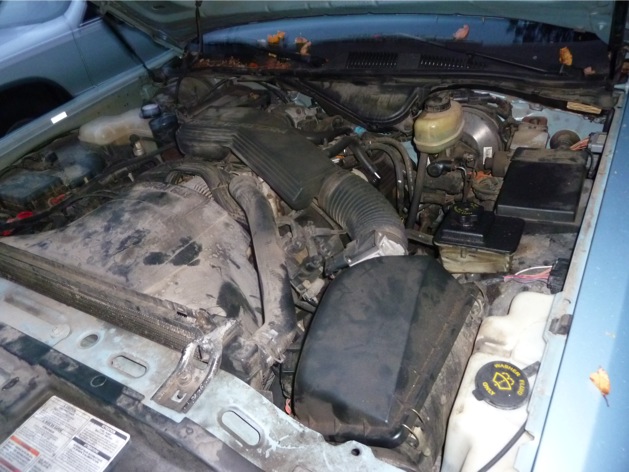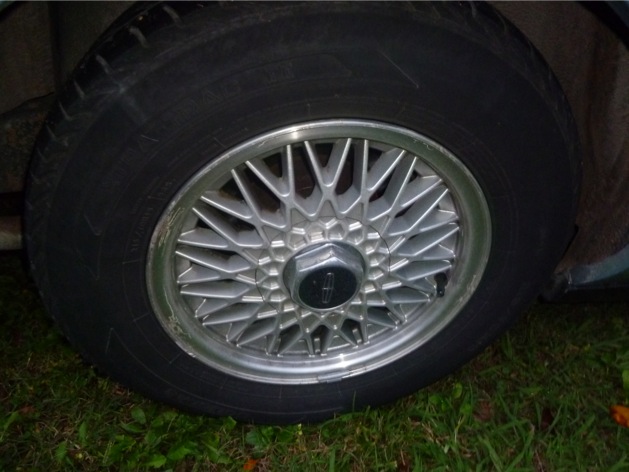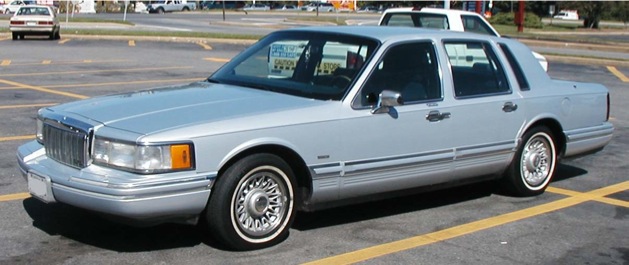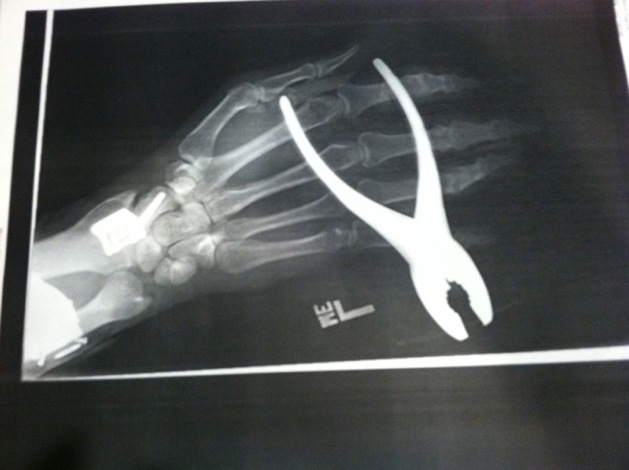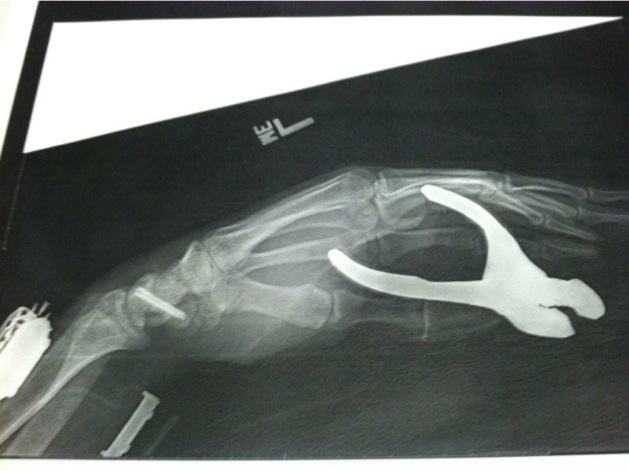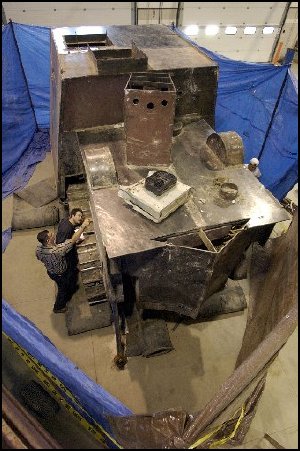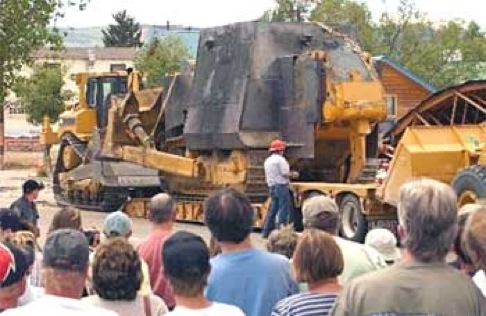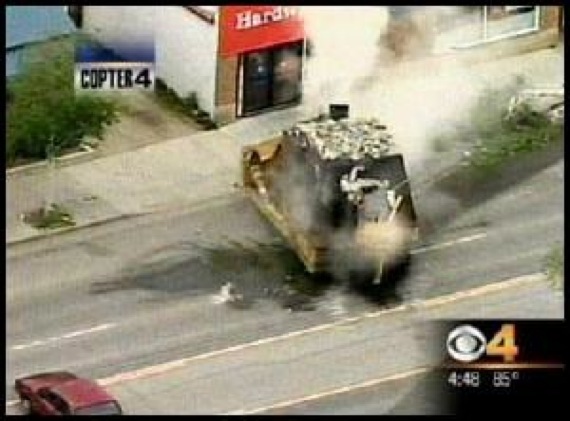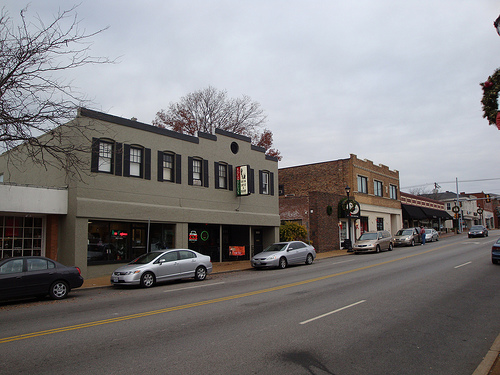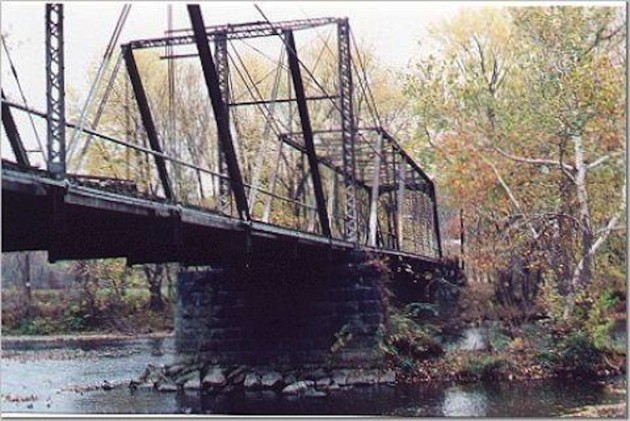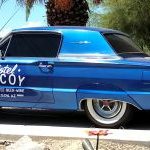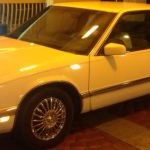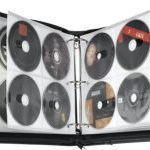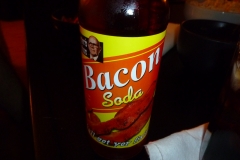Are modern automobiles too perfect, too refined?
I just drove two cars back to back, a 2001 BMW 330Ci convertible and my 1991 Saab 900 Turbo convertible. They’re ten years apart, but the Saab’s engineering and design date back to the 1970s while the BMW, conceived in the 90s, still feels like a thoroughly modern, highly refined, present-day car.
I had a 2004 BMW 325 Ci back in 2008 and at the time, I was convinced that aside from its lack of power, topless motoring couldn’t be much better than that. I looked forward to my 45-minute daily commutes and whether it was snowing or 100F and humid outside, I had the top open and windows down.
The car was t-boned in 2008 when an old woman in a Kia Rondo ran a red light, plowing into my door and doing a bit of minor damage to my left knee.
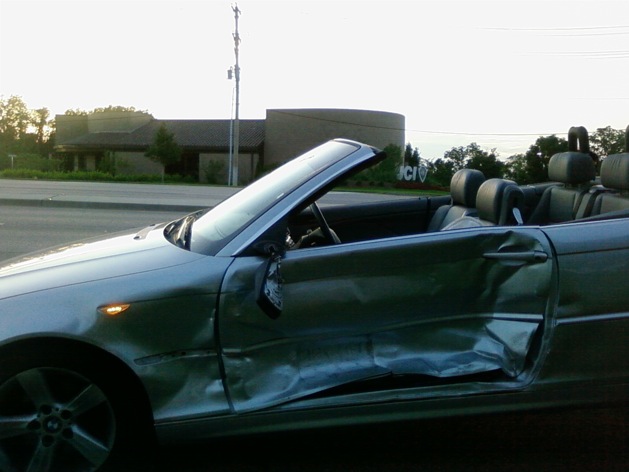
Considering how quickly she was moving, the little BMW did a truly outstanding job of keeping my body secured, blocking cabin intrusion and setting off the appropriate side air bags and roll bars. I walked away from that accident with a grin on my face, still shaking a bit, but physically unharmed aside from the left knee (which was resting on the door) and some muscle soreness.

In my old Saab, I’d probably have a broken hip, broken ribs, and broken leg. I guarantee, I would have been carried away on a stretcher. That isn’t a knock on Saab’s well-reputed, ahead-of-its-time safety engineering, rather, it’s the passing of fourteen years separating the level of advancement between the two cars.
Fast forward three years.
A friend of mine headed down to Florida last week to conduct some business and on the way home, he stopped at a dealer in Tennessee to trade his 2004 Lincoln Town Car, heading home in a 2001 BMW 330 Ci. The two cars couldn’t be more different, one a very traditional American cruiser and the other a sporty convertible from Germany.
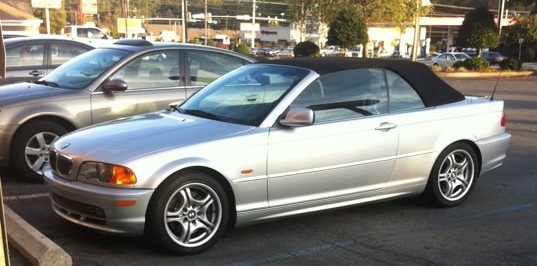
After he arrived in St Louis, I took his newly-acquired BMW for a spin, focusing on curvy 35-45mph roads, trying to relive the magic of the ’04 325 that was totaled years ago.
Something was missing.
Was it dramatically different from my 325? No, and in every measurable way it was significantly better. The 325 took an eternity to reach highway cruising speeds while the 330 soars to 60 in a hair over 6 seconds. The exhaust note is racier, creating a sound that’s both throaty and sophisticated without being annoying. The interior is as well made as I remembered, in the exact same shade of gray as my 325 with that rich, intoxicating BMW smell, deep wood trim, and soft surfaces everywhere. With the smaller wheels and tires, it rides surprisingly well (my 325 was a bit coarse over rough pavement with 18” sport wheels).
On paper, the 2001 330i is a vastly superior car to the 2004 325i that I so fondly remembered. Yet, it didn’t stir my emotions in the way I hoped or expected it to.

It’s not you, little BMW, it’s me.
This isn’t the car’s fault. Everything about the E46 chassis is the epitome of what a BMW should be — rigidity, refinement, balance, comfort, and poise. Without going into a full-fledged review (I’ll do that later), the 330 Ci is a 10/10 on all measurable and explicable points.
What has changed, however, is me. As time goes on, as I drive and experience more automobiles from all over the world, my tastes become more specific and in some ways more bizarre. You know those guys who pour $120,000 into restoring Jaguar E-types? They do it not because they’re interested in turning a profit (they never do), they do it because they’re pursuing a specific look, feel, and character that they can’t find anywhere else. They do it for the love of motoring, for the pleasure of the senses.
To a lesser extent, I’ve become one of them, pouring $10,000 into the restoration of my Saab, a badly abused and pretty sad looking 21 year old car that I paid $900 for. But the Saab makes noises, shakes, buzzes, and talks to me. At every turn, with every touch of the throttle it’s communicating, telling me about the road surface, the engine, or warning me — “Oh god, this understeer is going to kill us” or “Whatever that smell is, you should probably fix it before we catch fire.” That madness is part of the charm, which is exactly what a crazy person would say.
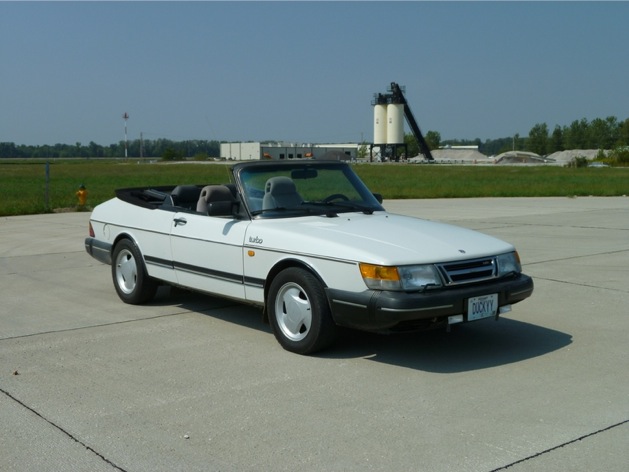
I’m not stuck in time or excessively snobby (though I am quite particular) — I can experience joy behind the wheel of a 30 year old pickup or a Ford Econoline, but as new cars hit the market, they feel too similar. All that refinement leads to the loss of steering feedback, neutralization of tire noise, and dullness of little vibrations that normally exude character and anthropomorphize a machine. That passionate pursuit of perfection that Lexus likes to brag about comes with soul-sucking consequences.
The BMW 330Ci isn’t at all overly refined, but it is at times too serious, too sure of itself and too darn perfect. My clunky old Saab, once you take the romance out of it, once you disconnect it from the novelty of Swedish culture, is a sluggish bucket of bolts with enough emergency parts and tools in the trunk to make a killing at a swap meet. The Saab is cheerful, like lemonade, Jolly Ranchers, and puppies on four wheels. The BMW, on the other hand, punches babies in the face when its had too much to drink. The 330 is an all around outstanding car, plenty comfortable for routine motoring and interesting enough to add spice to daily commutes. But I may have fallen out of love with it, and it is by no means the car’s fault.
A good convertible exposes you to the road, the mechanical actions of the powertrain, and the outside environment. The lack of insulation and refinement, rather than detracting from the experience, contribute genuine character and make going slow a thing of pleasure. Call it “going slow, fast.”
Other cars do this too. The Mazda 3 and Mazda Miata have steering that could be described as “chatty,” constantly updating the driver through his hands about the status of the road.
Among luxury cars, the E39 BMW 528i, with its rack and pinion steering and balanced chassis, is one of the best-driving sedans of all time, if not the fastest or most spacious. The current 5-series, by comparison, delivers Lexus levels of refinement but has been criticized by the press as being less BMW and more Mercedes, emphasizing comfort and quiet over motoring pleasure.
The Cadillac CTS-V, in its first generation, was a semi-luxury muscle car that was rough around the edges, a genuine driver’s car with realistic room for five and the heart of a lion. The second-generation V, which arrived in 2009, is faster and more sophisticated but a bit dull to the touch, like a musical recording on a sound system that offers more bass but noticeably reduced treble. You need treble to enjoy music. You need treble and sizzle to enjoy cars.

Soon, I will be posting a review of a 2004 Lexus LS430 that I spent three days in, which by any reasonable measure may be the world’s most impressive mass-produced luxury car. Despite being thoroughly impressed, I have no affection for it. It’s far too clinical, bordering on sterile, though I’d still recommend it to anyone for its comfort, quality, and dependability.
My point, the purpose behind this long-winded discourse, is that sometimes perfection is a fault. Refinement isn’t all that it’s cracked up to be. Like women, I appreciate little flaws, quirks, and idiosyncrasies, someone with a story to tell. As much as I adore polished characters like June Cleaver, I’d be bored of her within a week. Likewise, I’ve never been excited by Toyota Camrys.
I realize I fall far outside the norm and understand that 80% of the auto buying public are sensible, reasonable, and practical comfort seekers who have greater concerns and interests than their mode of land transportation. But I don’t write for them and this isn’t Consumer Reports. I didn’t sit here putting this article together for the boring fatties that subscribe to CR.
Fast Tube by Casper
Forget perfection. To hell with refinement and quality surveys. Find a car that makes you smile. Drive the shit out of it.

